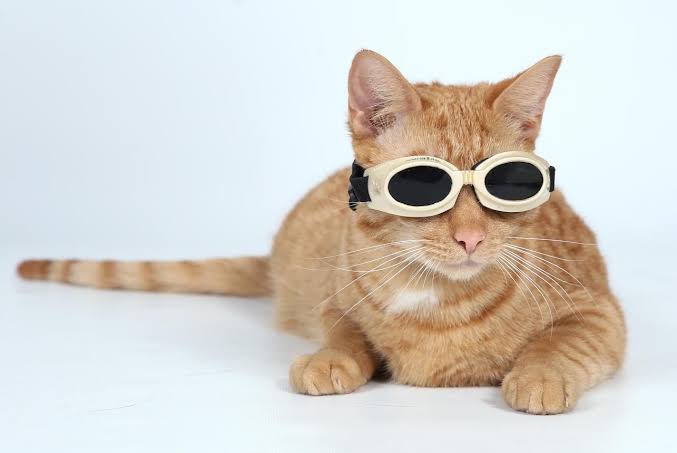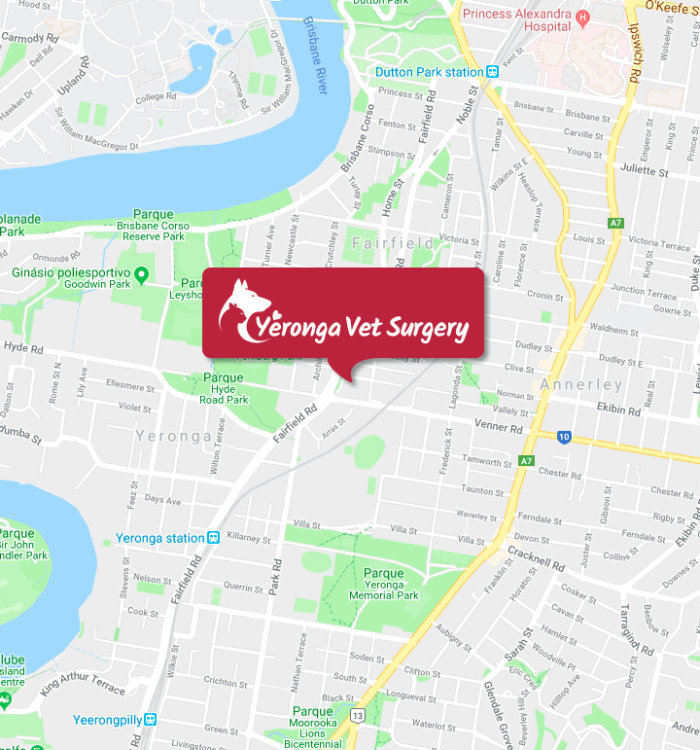
If you have a cat, you know how aloof they can be. Your furry friend may be happy and playing one minute and then hiding the next. This often makes it hard for you to tell when your pet is not feeling good. Cats can be affected by inflammation of the entire mouth, called Stomatitis or Feline Gingivostomatitis commonly known as Feline Stomatitis. This condition affects the cat’s mouth and gums, which causes inflammation.
There is no single cause of feline Stomatitis. Dental disease (particularly periodontal disease) is commonly implicated as a cause of Stomatitis in cats. Periodontal disease results from the accumulation of plaque (bacteria) on and around the teeth, which causes inflammation involving the gums and tooth support structures. In many cases, the cause is assumed to be immune-mediated, meaning that the cat’s immune system attacks its own oral tissues as an abnormal response to bacteria in the mouth.
Feline Stomatitis is extremely painful. In some cases, a cat suffering from this condition may be in too much pain to open his or her mouth to eat. In other cases, the cat may try to eat but scream and drop the food as soon as it touches the mouth.
Other clinical signs may include the following:
- Drooling (sometimes with blood
- Unkempt haircoat (because grooming is painful.
- Refusal to eat
- Bad breath
- Weight loss
- Pawing at the face or mouth.
The diagnosis of this condition is usually based on clinical signs and physical examination findings. The conduct of basic blood tests, such as a chemistry panel, complete blood cell count (CBC) and dental examination and dental X-rays can help your veterinarian determine the extent of periodontal disease or your veterinarian may recommend sedation to facilitate a more complete examination. Because the condition is very painful, initial treatment generally includes giving medication to control pain and inflammation. Antibiotics are also commonly administered. Some cats may be willing to eat soft food, so owners may be advised to puree canned food until the cat’s mouth heals. Although Stomatitis is difficult to completely cure and treatment tends to be long term, your veterinarian will likely recommend managing dental disease as part of the overall treatment plan. A thorough dental cleaning may be recommended, and many cats do well if the molar and premolar teeth are removed. Because tooth surfaces provide areas for bacteria to attach, removing the teeth can help control periodontal disease and minimize the bacteria that provoke the immune system in cats with stomatitis. Cats tend to do very well without their teeth.
Some will need additional medication and therapy. Laser therapy has been applied with significant results in the management of Stomatitis on cats and serves as a complementary treatment to control pain when scheduling surgery (extraction of all the premolars and molars) and to help speed up the healing process. Laser treatment for cats employs deep-penetrating light to promote a chain of chemical reactions known as Photobiostimulation. This process helps relieve pain through the release of endorphins, and it stimulates injured cells to heal at an accelerated pace and reduces the swelling.
Added benefits for Laser Therapy include:
- Increased metabolic activity
- Improved nerve function
- Reduced fibrous tissue formation
- Faster wound healing
- Accelerated tissue repair and cell growth with all of these benefits, you can’t go wrong with Laser Therapy, in no time your cat will be his or her usual self making interactions with you, playing with toys, sniffing around and most of all since the pain in the gum area disappeared, the appetite and normal activity will come back.






